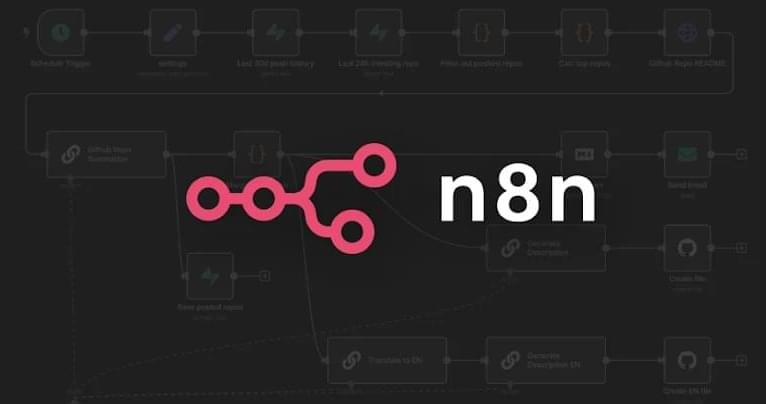Critical n8n flaw CVE-2025–68613 (CVSS 9.9) lets authenticated users run arbitrary code; versions 0.211.0–1.120.4 affected, patched in newer releases.







Nissan Motor Co. Ltd. (Nissan) has confirmed that information of thousands of its customers has been compromised after the data breach at Red Hat in September.
The Japanese multinational automobile manufacturer headquartered in Yokohama, Japan, produces more than 3.2 million cars a year. The company employs 120,000 people and has a strong presence in Japan, North America, Europe, and Asia.
In an announcement yesterday, Nissan informed that it was indirectly impacted by a security breach incident at the U.S.-based enterprise software company Red Hat.

The latest variant of the MacSync information stealer targeting macOS systems is delivered through a digitally signed, notarized Swift application.
Security researchers at Apple device management platform Jamf say that the distribution method constitutes a significant evolution from past iterations that used less sophisticated “drag-to-Terminal” or ClickFix tactics.
“Delivered as a code-signed and notarized Swift application within a disk image named zk-call-messenger-installer-3.9.2-lts.dmg, distributed via https://zkcall.net/download, it removes the need for any direct terminal interaction,” the researchers say in a report today.

An Interpol-coordinated initiative called Operation Sentinel led to the arrest of 574 individuals and the recovery of $3 million linked to business email compromise, extortion, and ransomware incidents.
Between October 27 and November 27, the investigation, which involved law enforcement in 19 countries, took down more than 6,000 malicious links and decrypted six distinct ransomware variants.
Interpol says that the cybercrime cases investigated are connected to more than $21 million in financial losses.


(Cell Reports 23, 112–126; April 3, 2018)
In the originally published version of this article on April 3, 2018, Figure 5C contained two representative images for each treatment condition. One image was inadvertently duplicated in the panel depicting the combined knockdown of CDC25a and CDC25b. The authors have reviewed the original experimental data and provided corrected images. The revised Figure 5C now accurately presents the results for MDA-MB-468 and BT549 cells following double transfection with CDC25a and CDC25b RNAi. The error and correction thereof do not affect the conclusions of the original manuscript. The authors sincerely apologize for any inconvenience or confusion that may have been caused.